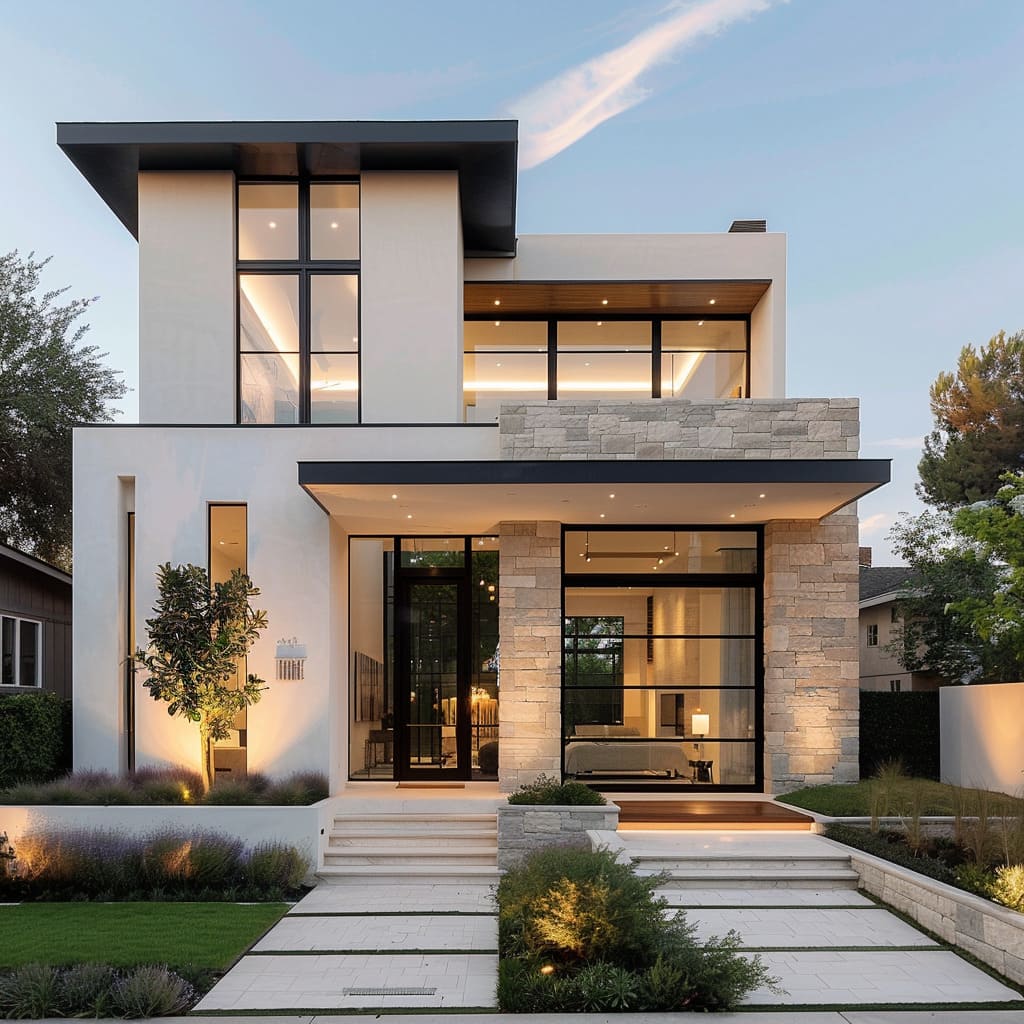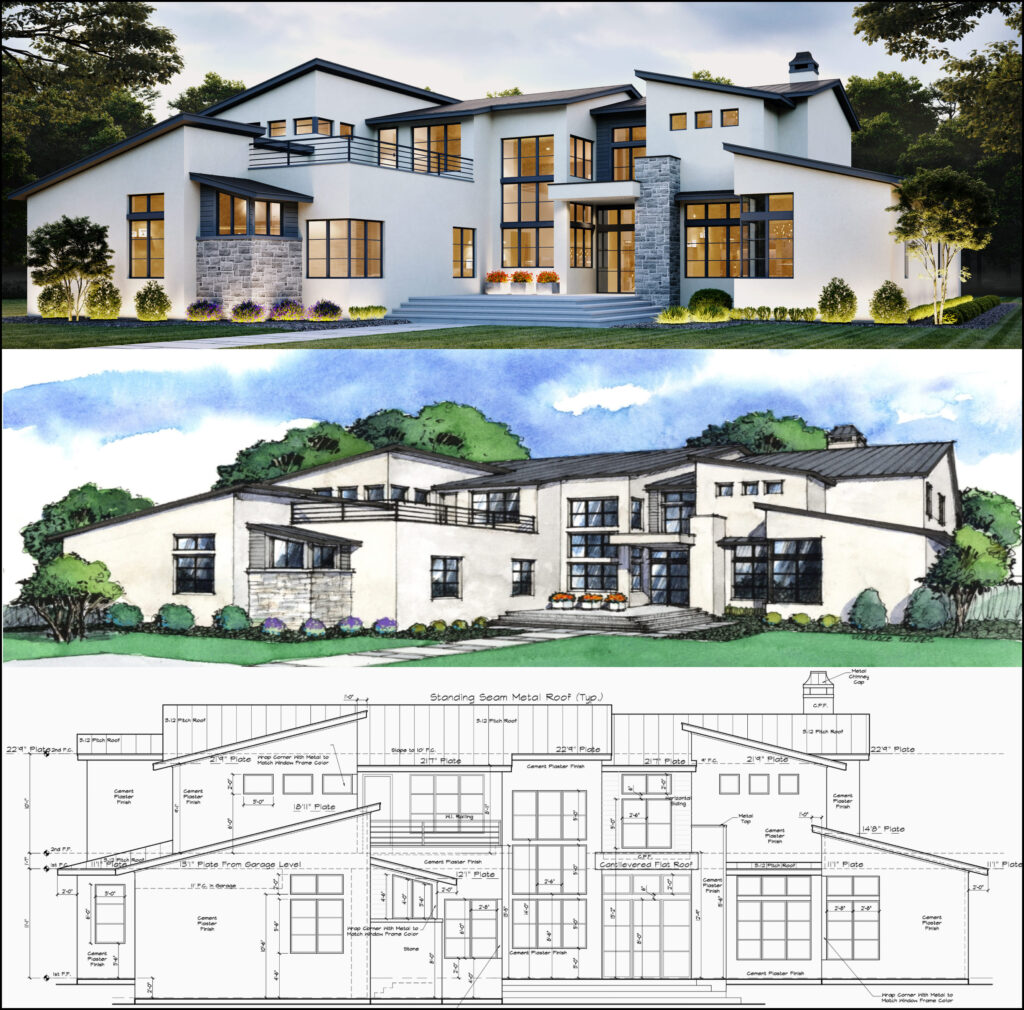The Influence of Technological Innovations on the Layout Practices of Contemporary Architects
The quick advancement of technical devices has dramatically improved the design landscape for modern engineers, fostering extraordinary degrees of development and sustainability. Checking out these dynamics reveals a nuanced interplay between modern technology and conventional design methods, motivating a closer evaluation of what the future holds for architectural methods.
Advancement of Architectural Tools
Just how have architectural tools changed the layout and building and construction procedures over the centuries? The development of building tools has considerably influenced the efficiency, precision, and creativity of design and building.
With the advent of the Renaissance, the introduction of the compass and the protractor marked an essential shift. These tools allowed architects to attain greater precision in their layouts, facilitating the introduction of more complex and proportional buildings. The Industrial Transformation additionally revolutionized building exercise with the introduction of mechanized tools and materials, allowing for larger and extra enthusiastic jobs.
In the 20th century, the growth of computer-aided style (CAD) software changed the landscape once more, supplying designers with unmatched abilities in modeling and visualization. Today, advanced devices such as Structure Information Modeling (BIM) and parametric style software application remain to push the limits of architectural innovation, making it possible for a much more integrated technique to layout and construction processes.
Enhanced Partnership in Layout
As technology proceeds to develop, improved cooperation in layout has come to be a foundation of contemporary building practice. The assimilation of electronic tools such as Building Details Modeling (BIM), cloud-based platforms, and progressed visualization software has changed the method architects, designers, and stakeholders interact throughout the style procedure. These devices assist in real-time communication, enabling teams to share concepts, modifications, and responses instantaneously, regardless of geographical location.

In addition, interdisciplinary partnership has been streamlined through these technical developments, allowing engineers to work extra very closely with various other professionals, such as urban planners and ecological consultants. The result is a much more natural approach to develop that thinks about numerous perspectives and knowledge. Ultimately, improved collaboration in layout is not simply a trend; it is essential for developing ingenious, functional, and aesthetically pleasing style in a significantly intricate globe.
Sustainability Through Innovation
Sustainability in architecture has actually progressively become linked with technical development, driving the industry towards ecologically accountable techniques - cda architects. Contemporary designers are leveraging advanced technologies to decrease ecological impact while boosting the efficiency of buildings. One popular example is making use of Structure Details Modeling (BIM), which enables accurate planning and source allotment, minimizing waste throughout building and advertising energy performance throughout a building's lifecycle
In addition, clever materials and energy-efficient systems are being incorporated right into designs to maximize source use. Technologies such as solar batteries and environment-friendly roofing you can check here systems harness renewable resource resources, adding to lowered carbon impacts. Additionally, the application of expert system in design procedures allows engineers to simulate and examine energy usage, leading choices toward even more sustainable outcomes.
The combination of lasting technologies not just lines up with worldwide ecological objectives however likewise fulfills a raising need from consumers for environmentally friendly services. As engineers welcome these developments, the focus changes towards developing rooms that are not only aesthetically pleasing but additionally functionally sustainable, thereby redefining the standards of contemporary architecture. In this method, innovation functions as a stimulant for sustainability, allowing designers to create buildings that respect and enhance the natural surroundings.
Difficulties in Execution
While technical advancements in design hold excellent guarantee for improving sustainability, their implementation commonly comes across considerable obstacles - cda architects. One primary obstacle is the steep knowing contour related to new modern technologies. Engineers and building and construction professionals may require considerable training to successfully utilize sophisticated software program and devices, which can postpone task timelines and enhance prices
In addition, the combination of arising modern technologies, such as Building Info Modeling (BIM) and sustainable materials, usually necessitates cooperation throughout multidisciplinary groups. This cooperation can be impeded by distinctions in competence, operations, and communication designs, resulting in prospective disputes and inadequacies.
Financial restrictions further complicate the fostering of cutting-edge innovations. Many building companies, particularly smaller ones, may do not have the resources to purchase advanced tools, limiting their capability to take on larger firms that can manage such investments.
Moreover, regulative structures and building regulations may not equal technological developments, creating ambiguity and prospective conformity problems. This challenge can prevent engineers from totally welcoming new modern technologies, as the danger of non-compliance might outweigh the benefits. Attending to read what he said these implementation difficulties is essential for the successful combination of technological developments in contemporary architectural practices.
Future Patterns in Design
The challenges related to the execution of new modern technologies in style have actually prompted a reevaluation of future fads within the sector. As designers navigate issues such as sustainability, urbanization, and social equity, they are increasingly adopting ingenious modern technologies to enhance design performance and environmental efficiency.
One prominent pattern is the assimilation of synthetic intelligence (AI) in the design procedure. AI tools can examine large datasets to notify style decisions, enhancing both imagination and view website performance. In A Similar Way, Structure Information Modeling (BIM) continues to advance, allowing real-time collaboration amongst stakeholders and facilitating streamlined project administration.
Sustainable design practices are also gaining energy, with designers concentrating on adaptive reuse and regenerative style principles that reduce resource consumption and waste. The consolidation of clever materials and renewable power resources will better improve the strength of buildings when faced with climate change.

Verdict
Technical advancements have actually considerably reshaped architectural design techniques, facilitating boosted precision, partnership, and sustainability. The combination of devices such as Building Details Modeling and parametric design software, together with fabricated knowledge and wise products, equips designers to attend to complex difficulties more efficiently.